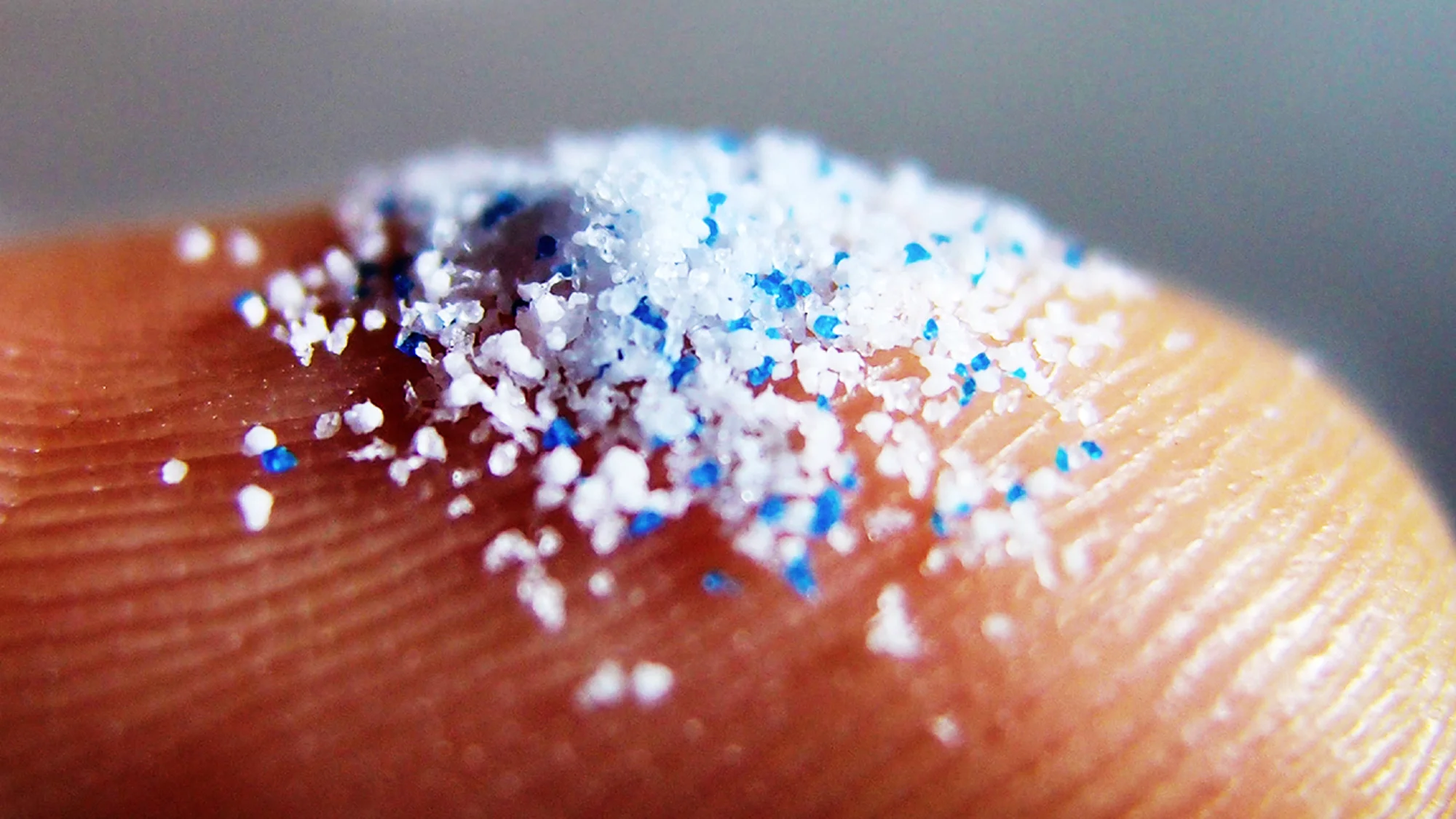Human impact on the environment continues to be a world-wide problem. From oil spills to pollution, humans lack of care for the environment has a number of impacts that not only affect us, but future generations. For example, a problem that we’re finding more about only now is microplastics in our water.
What are Microplastics?
Microplastics are small pieces of plastics less than five millimeters long. Some microplastics are micro by design, like plastic beads. Other microplastics were pieces of larger plastic pollution, such as water bottles. Exposure to water can degrade these larger pieces of plastic over time into smaller pieces.
Microplastic in Toothpaste
Where are Microplastics Found in the Ocean?
Scientists believe that there are “hotspots” where large quantities of microplastics are found, but they’re harder to identify or track due to their small size than larger pieces of plastic pollution. Ocean currents and circulation move microplastics like confetti, making them hard to track.
Why are Microplastics Important?
A 2015 study estimated that roughly eight million tons of plastics enter the world’s oceans each year, yet only one percent is found floating at the surface in visible form. This suggests that the bulk of plastics in the ocean are likely microplastics suspended in the water or buried in sediments—yet scientists are only beginning to understand where they might be, not to mention their potential impacts on ocean life, ecosystems, and human health.
What are Microplastics Impact?
Most people have seen pictures of larger plastic pollution impacting marine life, whether it’s a turtle stuck in a plastic six-pack holder or a dolphin entangled in plastic fishing gear. The impacts of larger plastic pollution are easy to recognize and observe, but the impacts of smaller plastic pollution are harder to track.
Plastic Six-Pack Rings
Marine organisms at the base of the food chain, such as plankton, ingest microplastics, and the plastic is propogated up the food chain. This means many of the seafood we eat has microplastics in it.
Plastics could present a risk to both marine animals and humans since they may contain toxic chemicals like phthalates, bisphenol A and others used in the manufacturing process. These additives can change the properties of plastic items in different ways. For example, they may make water bottles more rigid, and pens more flexible. Plastics can also become toxic by soaking up harmful chemicals from the environment such as polychlorinated biphenyls (PCBs), exposure to which has been directly linked to cancer and other serious human health problems.
Scientists are studying the potential health risks of microplastics to marine life and humans by determining which types appear to be the most toxic and how much of those are being ingested by marine animals.
What Can We About it?
Simple steps, like reducing the amount of plastic you throw out can have significant impact when implemented on a large scale. Organizations such as Ocean.org are researching the little-understood impacts of plastics on the ecosystem and solutions to the problem. More importantly, being aware of the impact our consumption patterns can have and reducing use of unnecessary plastics can help reduce further the flow of microplastics in the ocean.
Rovotics seeks to raise awareness about environmental issues such as this one to promote sustainable living practices and preserve the Earth for the future.





